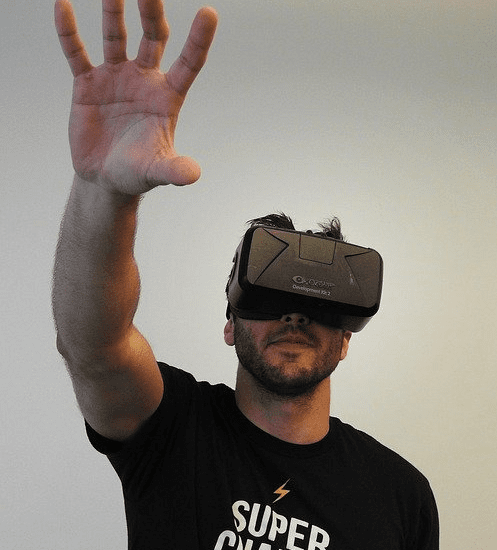Policy2050 report cover
an assembly of wearable and connected devices analyzed in the Policy2050 report
Policy2050 logo
A new report deconstructs the business concepts of category creation and digital ecosystems, as applied to wearable technologies.
Innovative companies and forward-thinking investors will ask themselves how flexible displays, smart textiles, and biomanufacturing might lead to the creation of new wearable technology form factors.”
— David Pring-Mill, founder and chief analyst of Policy2050.com
SAN FRANCISCO, CALIFORNIA, UNITED STATES, December 10, 2021 /EINPresswire.com/ — The “Category Creation and Digital Ecosystems in Wearable Technology” report has been published on Policy2050.com.
This approximately 25,000-word report provides a thematic analysis of the statements and activities of wearable technology companies. It deconstructs the business concepts of category creation and digital ecosystems, providing a framework that informs business innovation and investments in new areas.
The launch of Apple’s streaming service and the recently declared pivot by Facebook, now a subsidiary of Meta Platforms, increased the importance of an up-to-date and forward-thinking understanding of hardware-supported digital worlds. Additionally, the pandemic has made health/wellness-supporting tools more relevant.
Category creation isn’t always well-understood. By definition, it’s something new and mysterious.
Many acts of “category creation” really come about by focusing on the underserved needs of people in a particular market.
Although innovations these days are often attributed to automation, or the bypassing of entrenched complexities, that can be deceptive. The categories might be experienced that way but sometimes the complexity is simply being cleared from the consumer’s visual (or experiential) field. For example, new health innovations typically require legally complicated, data-centric, behind-the-scenes infrastructure and APIs.
As wearable technologies continue to develop, and partnerships or acquisitions are used to layer up proprietary hardware, software, or connectivity, we will see more and more features layered onto the unique value proposition of wearable devices.
Some wearable technology startups might pivot from consumer electronics to enterprise, and vice versa. Overall market growth could be accelerated by this diversified positioning and corresponding investments.
“Innovative companies and forward-thinking investors will ask themselves how flexible displays, smart textiles, and biomanufacturing might lead to the creation of new wearable technology form factors,” said David Pring-Mill, founder and chief analyst of Policy2050.
What type of wearable will become the next iPhone? Which startup might unexpectedly grow to be an equivalent of Apple?
Any credible analogy between wearables and smartphones is likely to command attention, given the societal impact of smartphones and the expected 1.43 billion shipments in 2022. While the potential growth and impact is analogous, these devices must also be appreciated for their unique characteristics, such as the option of more passive usage.
Operating system compatibility was an early complication in the development of wearable devices. The focus has since shifted to broader digital ecosystems created and overseen by multinational tech companies, which involve both hardware and digital services.
“Digital ecosystems” are one way of bringing together every initiative under an umbrella term or objective. While architecting or overseeing a digital ecosystem is an attractive goal, a company’s market share, scale, and strategy must all be factored into digital ecosystem decisions.
To achieve growth in established wearable markets and lead in new directions, tech companies must draw in skilled engineers, marketers, and physicians, potentially through hybrid workplaces. They can highlight the dynamic spaces where these diverse backgrounds come together, where ideas and interests cross-pollinate, where …….
